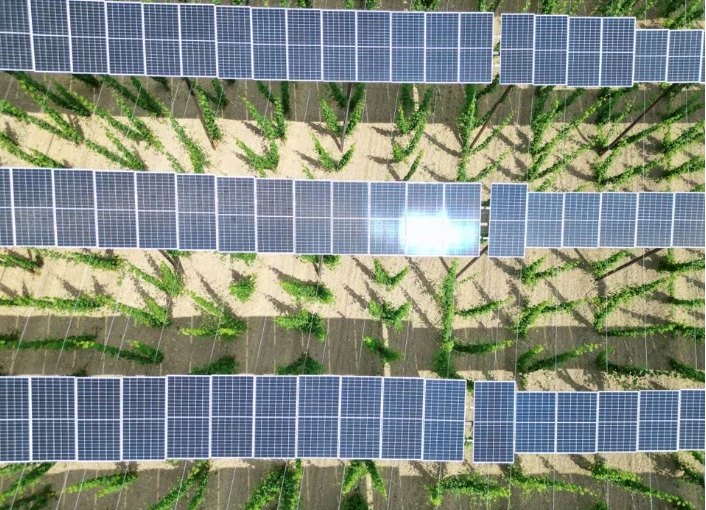
Germany wants green power to account for 80% of its energy mix by 2030. It has ditched nuclear power and aims to abandon most of its coal generation and use its remaining gas plants mostly for grid back-up.
Within renewables, offshore wind contributed a 31.1% share, solar 12.1% and biomass 8.4%, while the remaining 3.4% came from hydropower and other renewables, regulator Bundesnetzagentur said in a statement.
The 2023 rise was helped by capacity expansion as well as weather, it said.
"We have broken the 50% mark for renewables for the first time," Economy Minister Robert Habeck said in a statement. "Our measures to simplify planning and approvals are starting to take effect."
Power grids, which are consumer-funded and supervised by the regulator, must facilitate the ongoing transition from central fossil fuels-based generation to millions of decentralised low-carbon production units relying mainly on wind and sun.
The total load on public power networks in 2023 fell by 5.3% to 456.8 terawatt hours (TWh) last year, reflecting weaker demand and green power taking priority over generation using fossil fuels.
Germany is still suffering from a contraction in economic activity in the aftermath of Russia's invasion of Ukraine, with the ensuing slump in Russian energy imports triggering sharp energy price rallies in 2022.
Last year, the benchmark day-ahead power price fell by 60% to 95.18 euros per megawatt hour (MWh), returning to 2021 levels.